Fall
September 6, 2021
Fall is here. It’s September and fall is all around us. Birds and butterflies are migrating, late-season flowers are blooming, seeds are nearly ready to cut loose into the wind, and fruit is on the vine. It’s even a bit cooler outside than it’s been the past few weeks.
Here’s a group of photos of what’s going on outside, in case you missed it because of the heat.
An American redstart stopped in at the Lemur enclosure to take a bath.


Over in Catch the Wind, on the backside of Earth Moves, the cattails are just about to burst open and release their seeds to the wind.
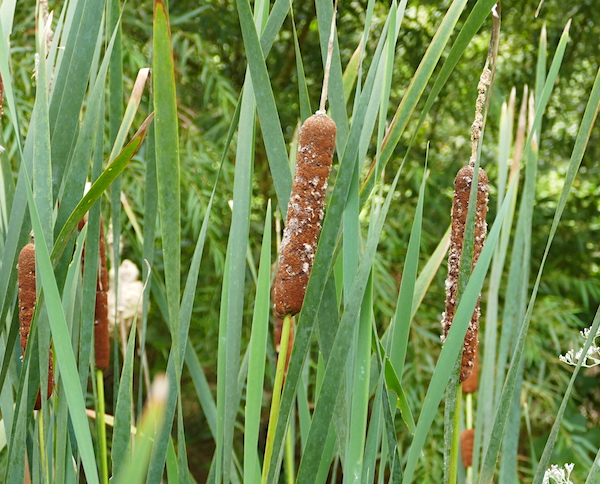
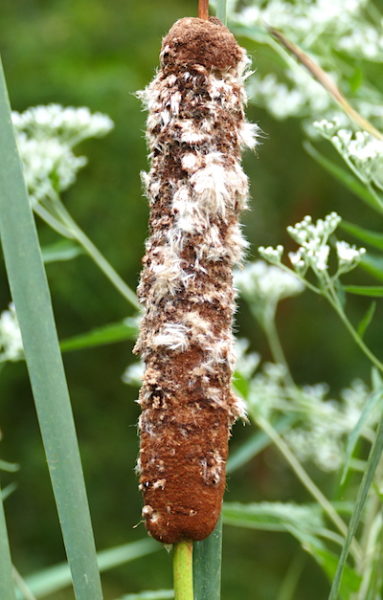
Duck potato or arrowhead grows in the shallow water on the north side of the Wetlands, exclusively at Water’s Edge. The roots or tubers of the plant are a favorite of certain duck species and can also be eaten by humans.
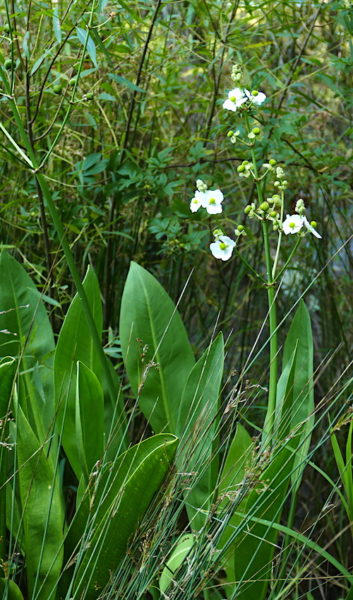
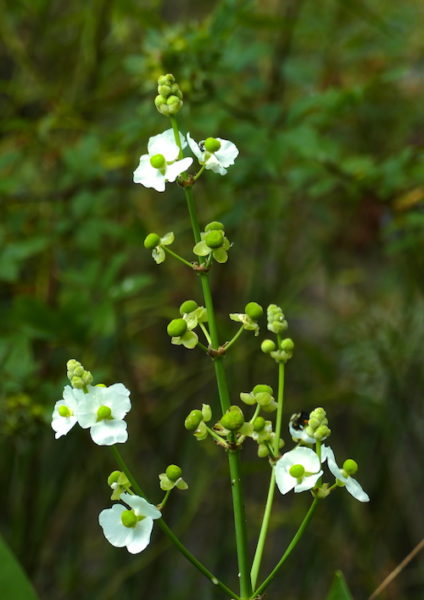
I visit the frog pipes located at Water’s Edge, Dinosaur Trail, and Earth Moves each morning to have a peek inside. Over the past week or so I’ve found one or two frogs in each pipe on different days. I was surprised to see a juvenile gray tree frog in the pipe at the retention pond in Earth Moves.


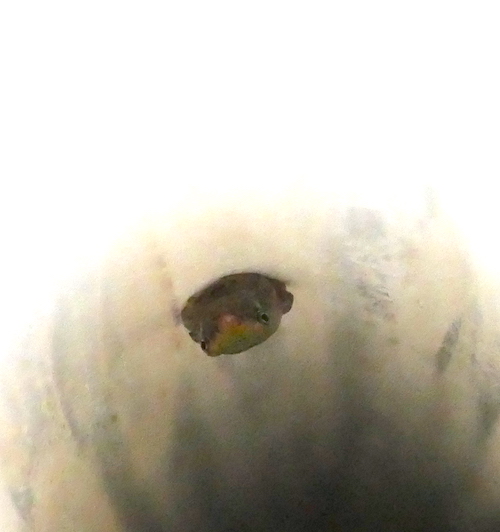
There are many grapevines on the Museum’s 84 acres, most of which are muscadine. The leaves are characteristically toothed, or serrated, and rounded.

The fruit ripens to deep purple.
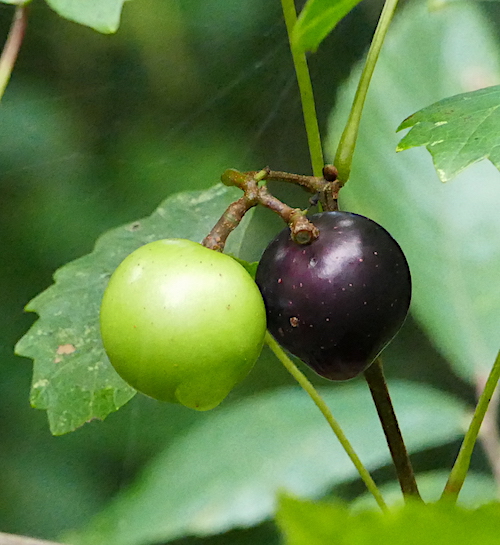
The tendrils of the vine are simple, that is, they are single-tipped (not forked). Other grape varieties have forked tendrils.
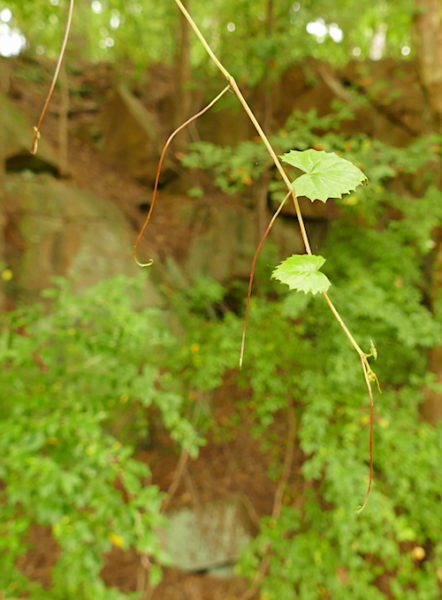
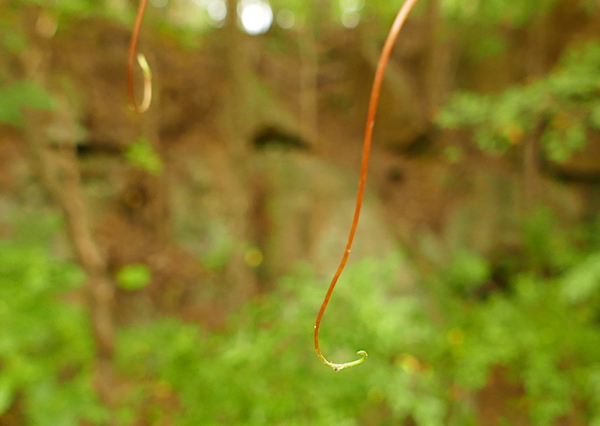

Green anoles are active most of the year. Throughout the seasons, I most often see them in the vicinity of the demonstration garden near the Cafe.
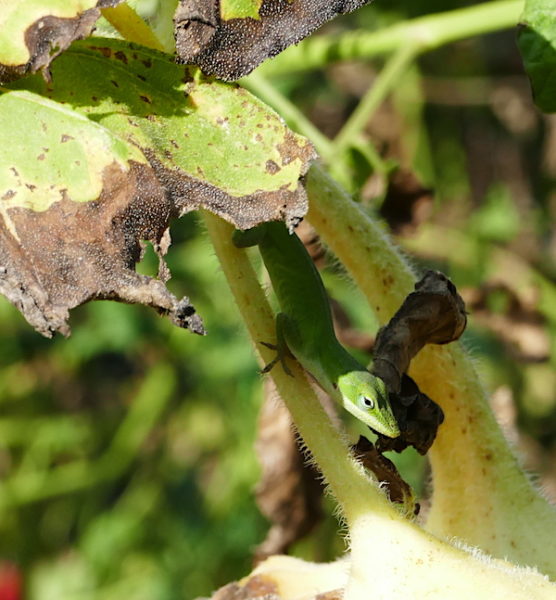


The ID of a plant in bloom near the retention pond in Earth Moves had me stumped. It looked very familiar, but I just couldn’t identify it. It seems today, if you ask someone for help in identifying a plant, they whip out their phone, take a picture and, poof, like magic, up comes the name of the plant. It’s the “app way.”
I’m old school. I have to figure it out with a look inside a book, noting similarities between what I’m looking at and other plants or plant families and maybe some discussion. But I guess, the app way is a bit faster.
What kept surfacing, by people I was consulting with and who were using the app way, was boneset. But which boneset?

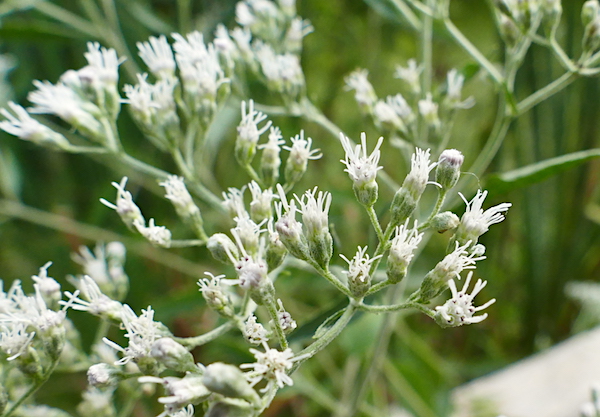
I’m familiar with boneset, common boneset (Eupatorium perfoliatum). It has perfoliate leaves, the leave bases wrap all the way around the plant’s stalk. This plant didn’t have such leaves.
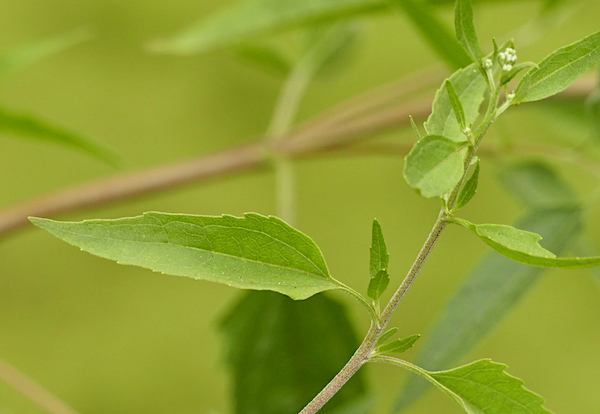
Further investigation revealed it was indeed boneset, not common boneset with the perfoliate leaves but late boneset (Eupatorium serotinum).
This plants’ tiny white flowers attract a large number of insects, so if you want to help out the pollinators in your area you might consider leaving this plant to grow in or around your garden.

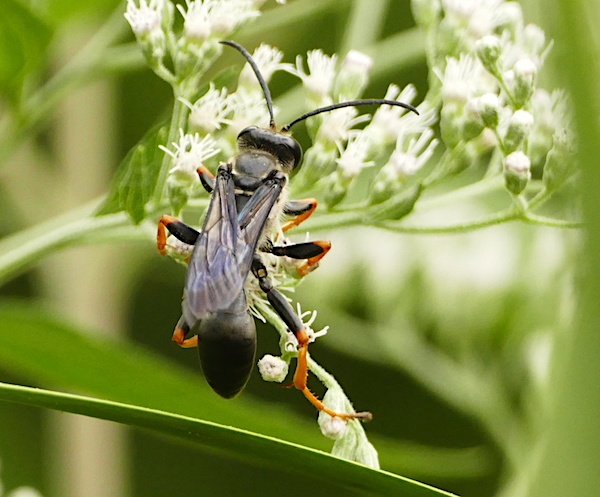

Yellow passion vine which had bloomed earlier in the summer now has passion fruit on the vine. According to what I’ve read the fruit is edible, but bland. The few people I know of who have taken a bite, and spat it out, are still doing well, so it won’t harm you. As a consolation, the fruit will make a purple or indigo dye.


Monarch butterflies are once again on the move. I’ve witnessed egg-laying by some of the migrants on our remaining milkweed plants in front of the Butterfly House. Caterpillars are present too.


Keep your eyes and ears open for the changes to come.
